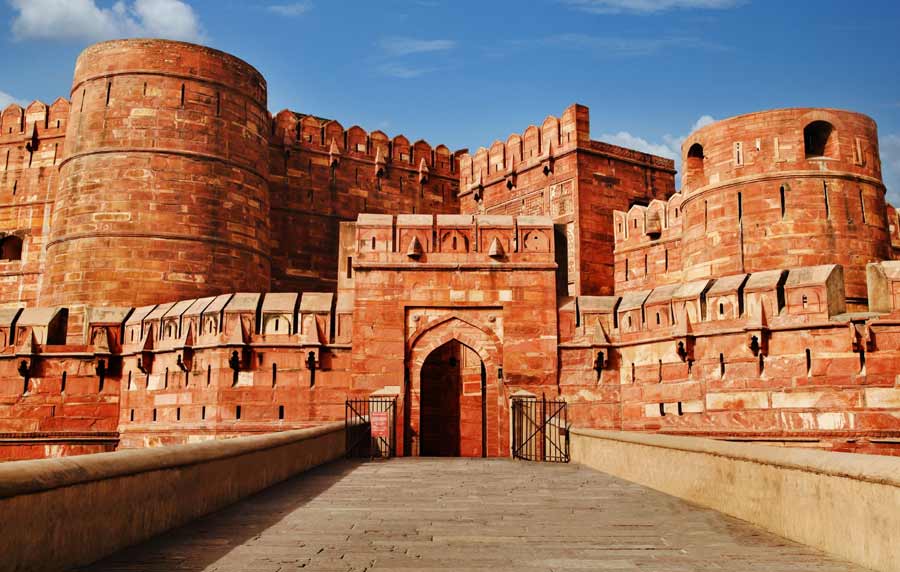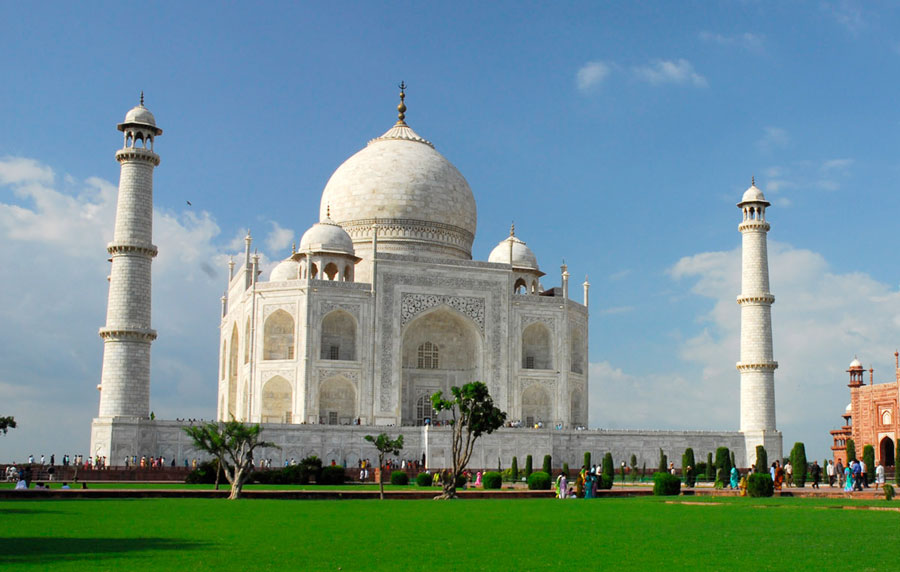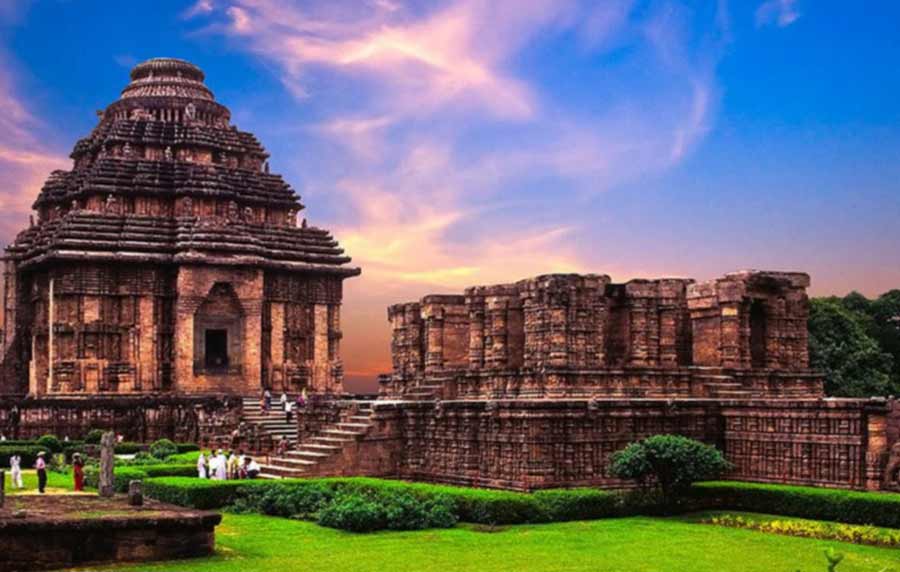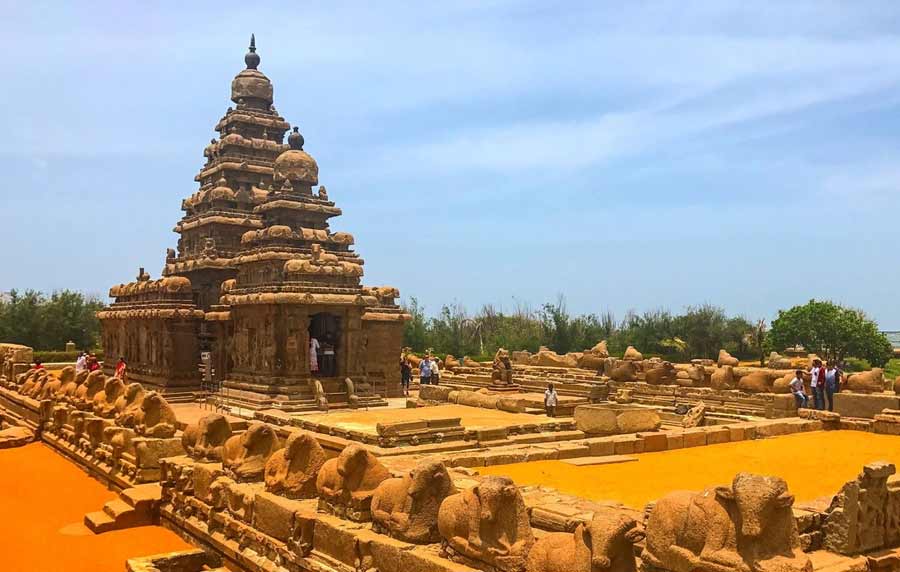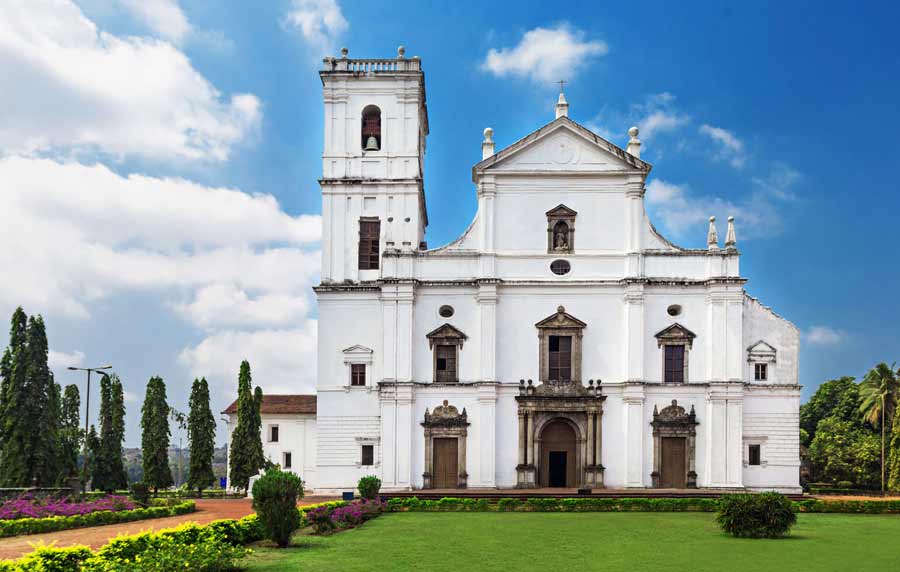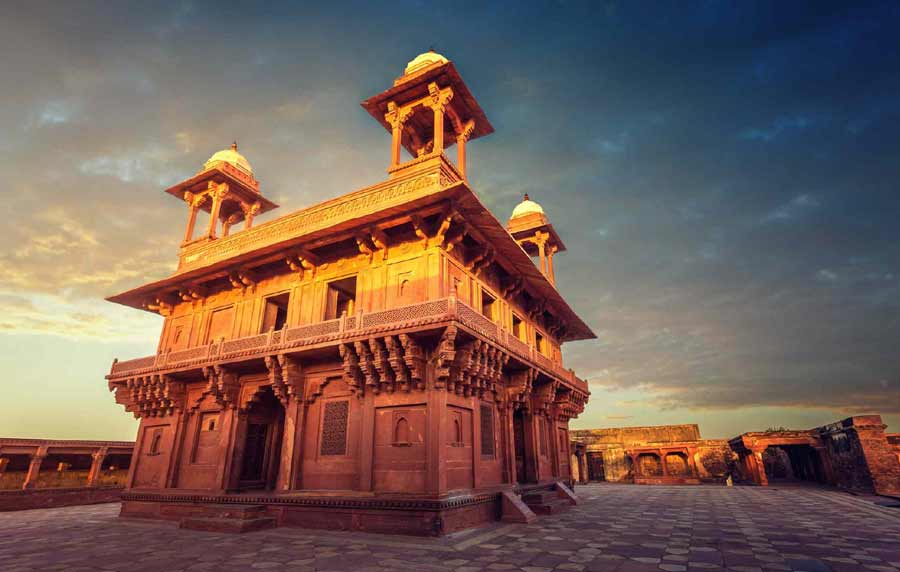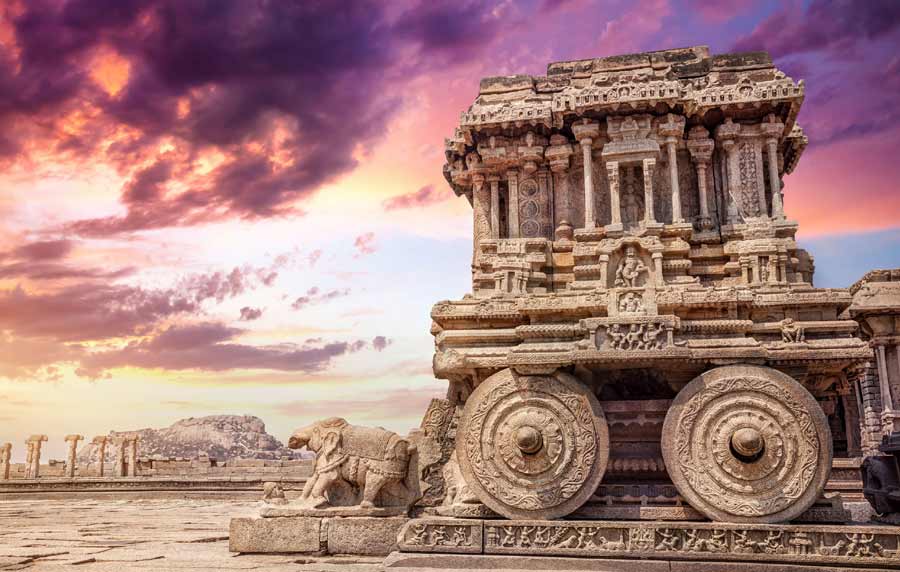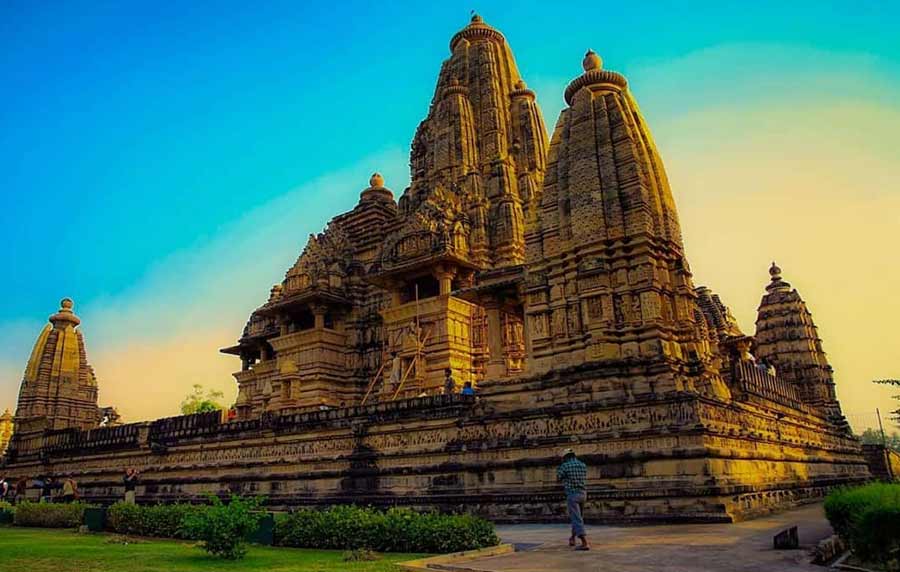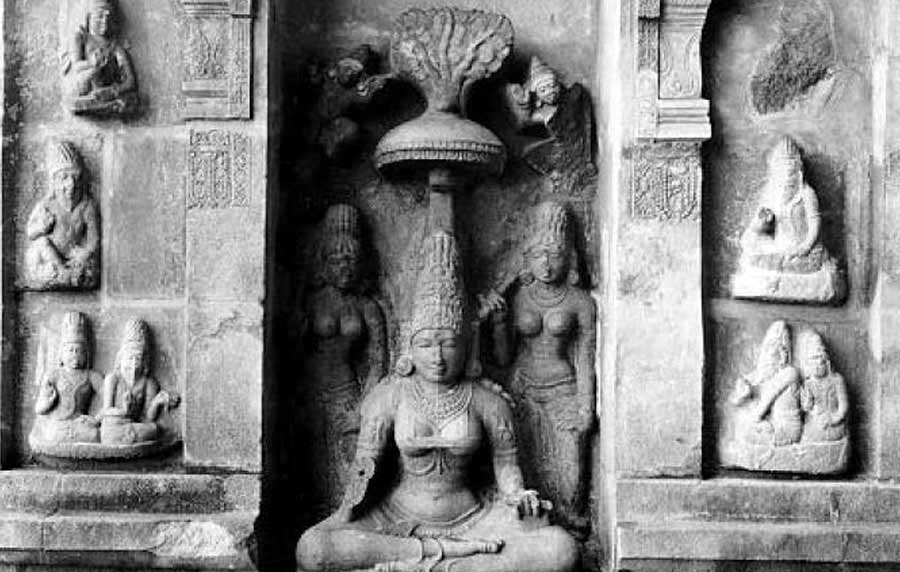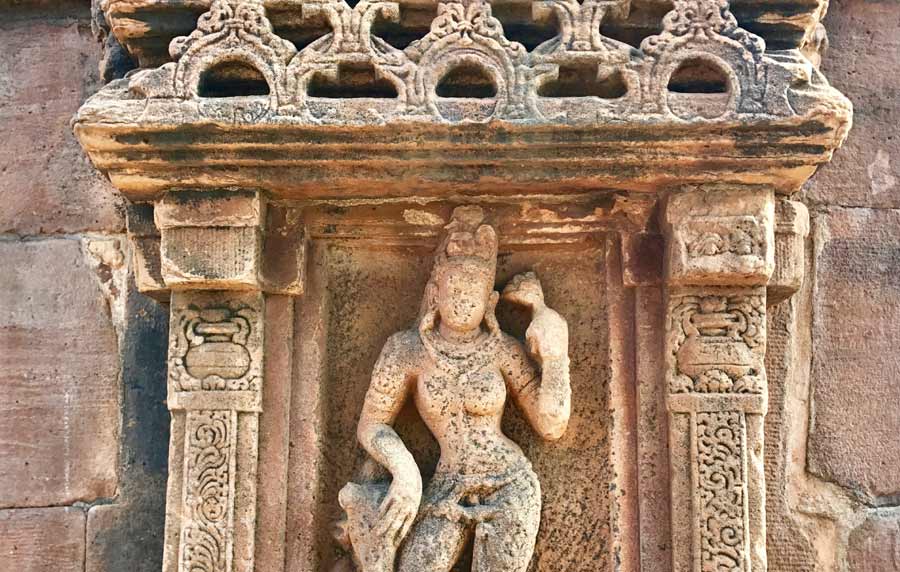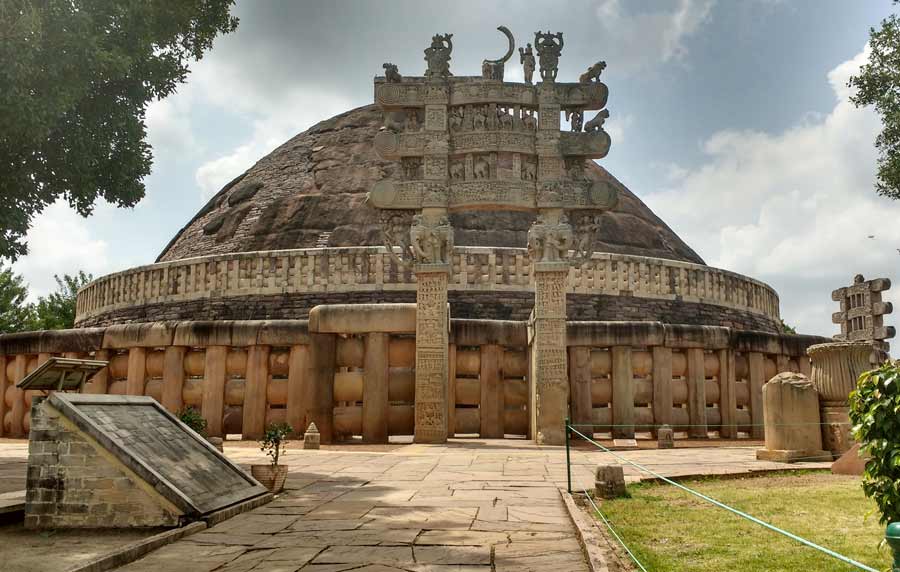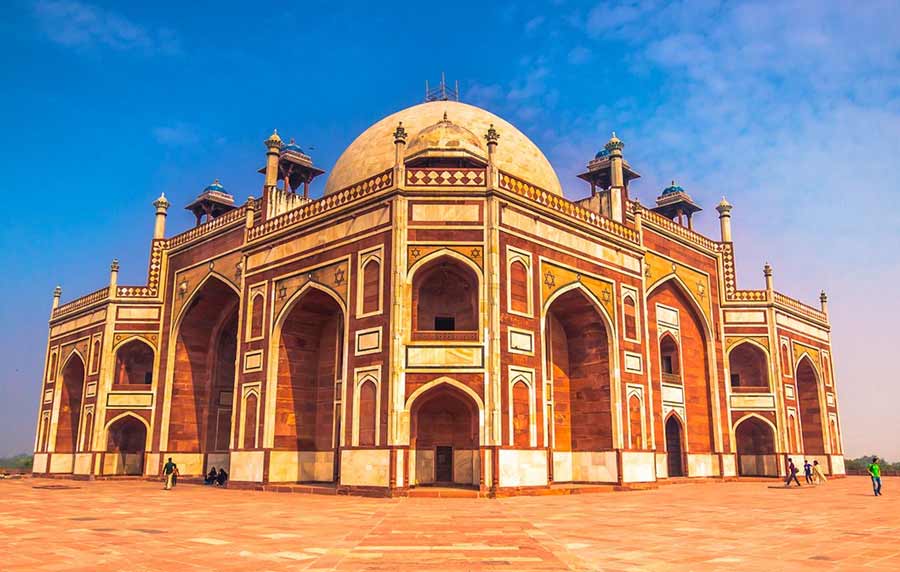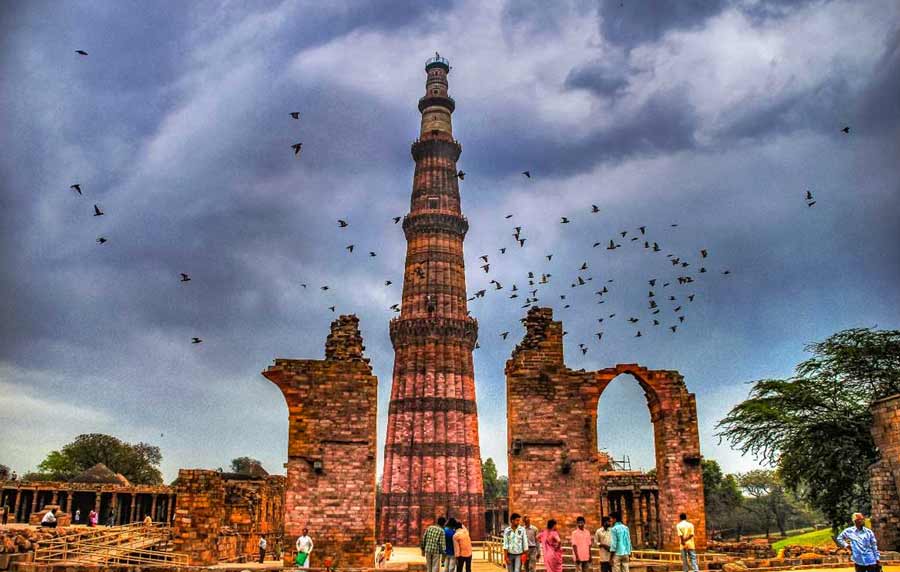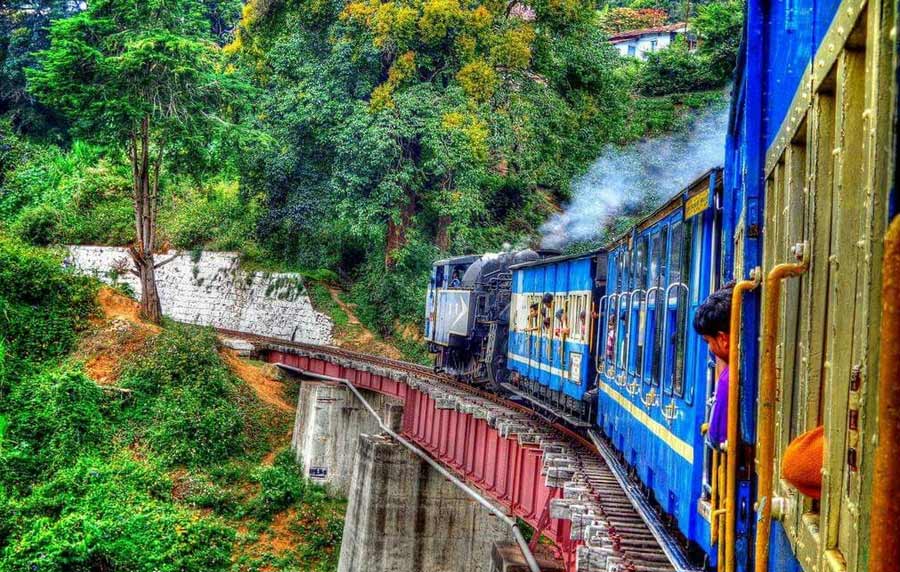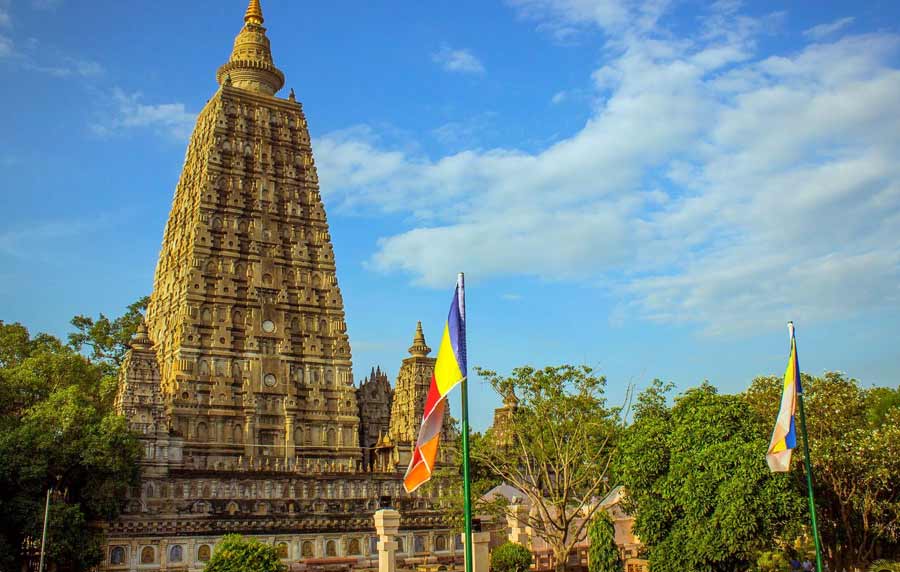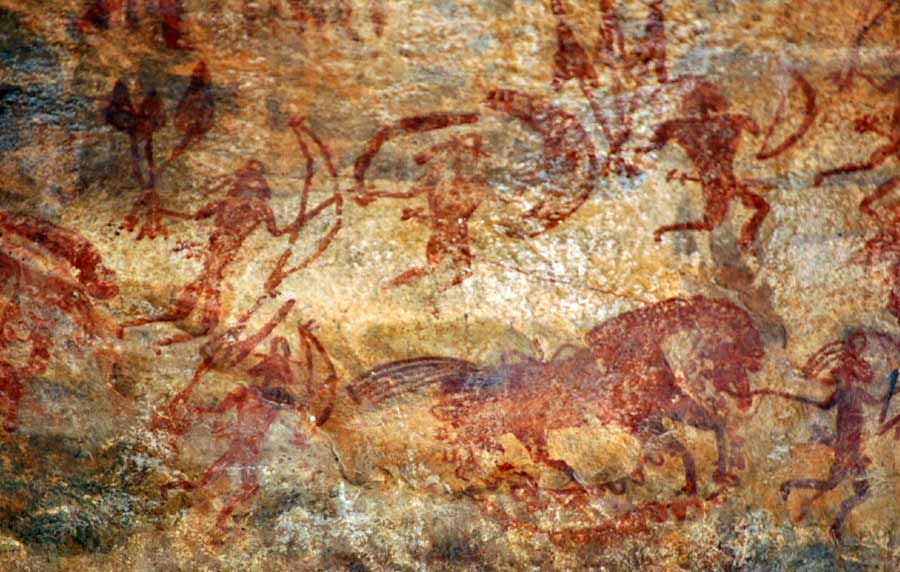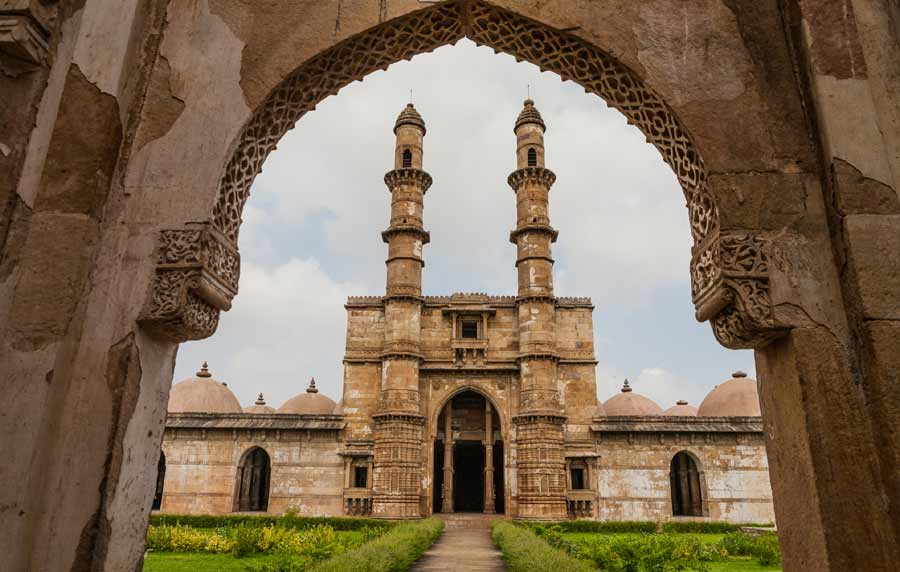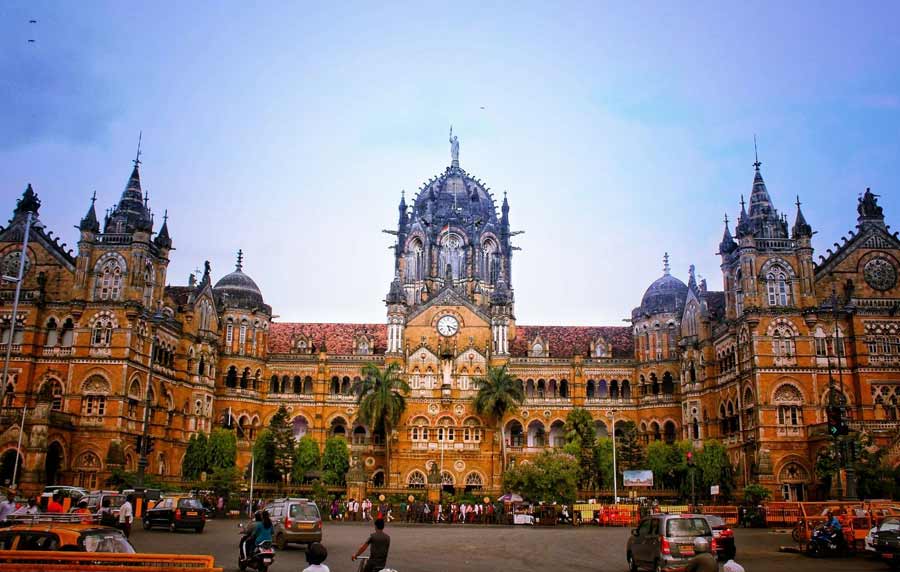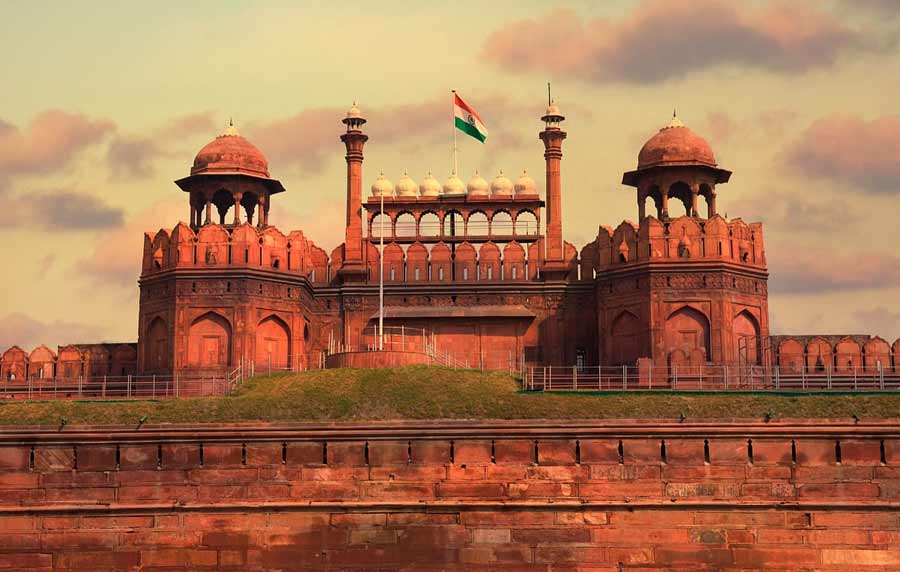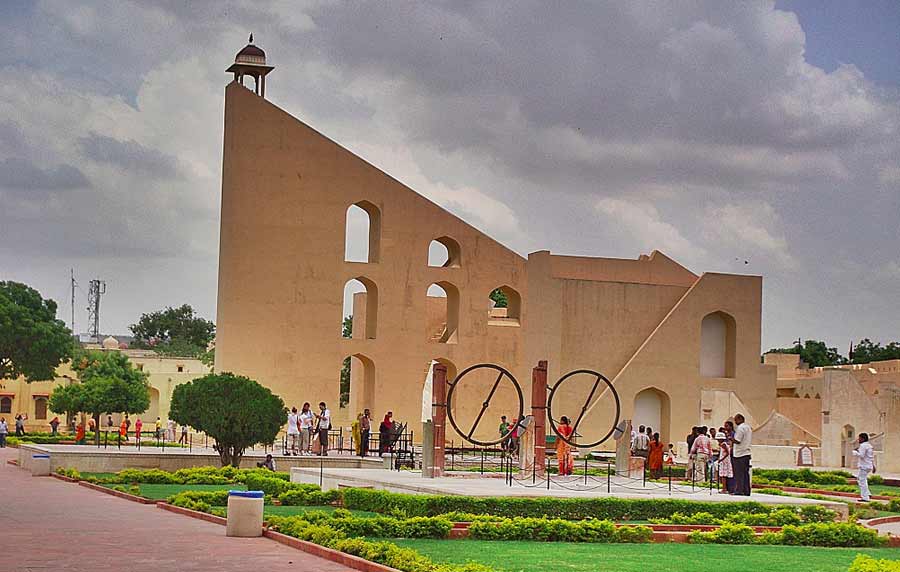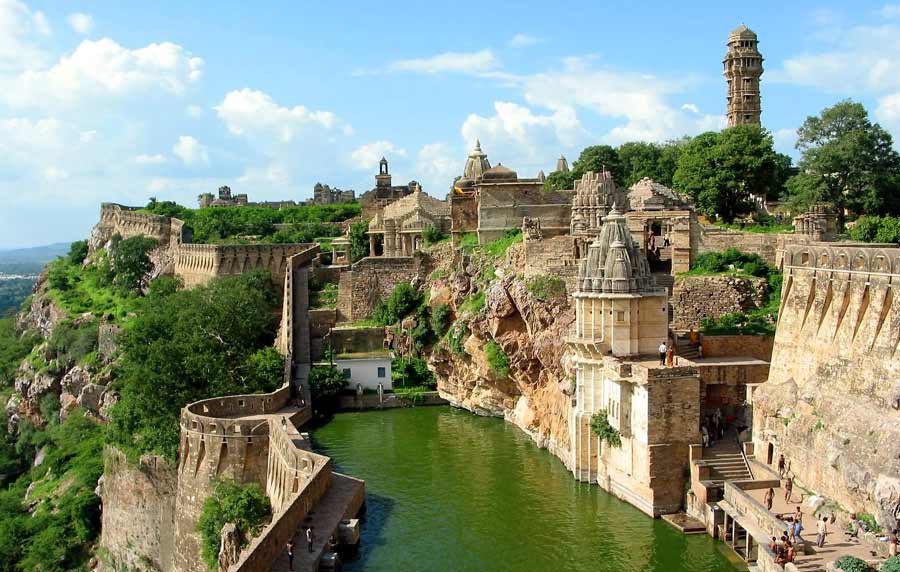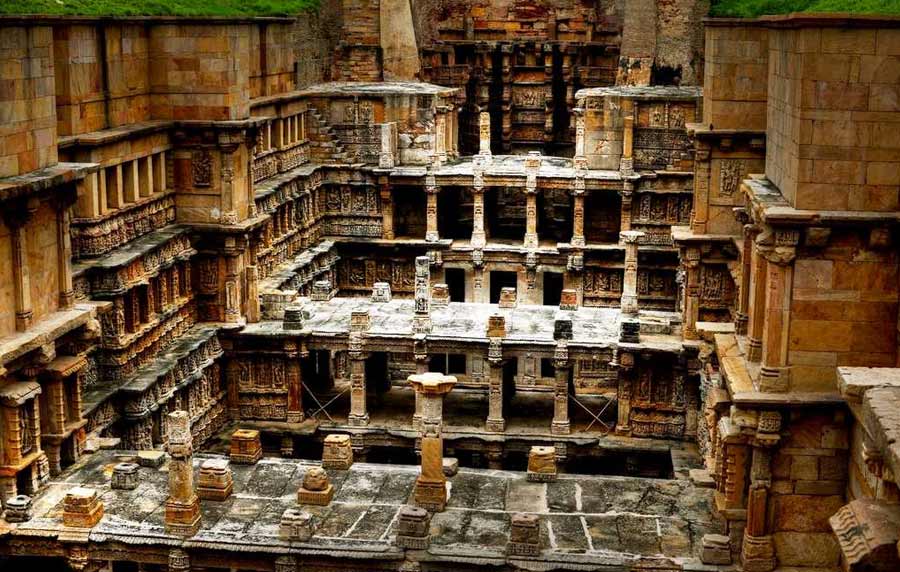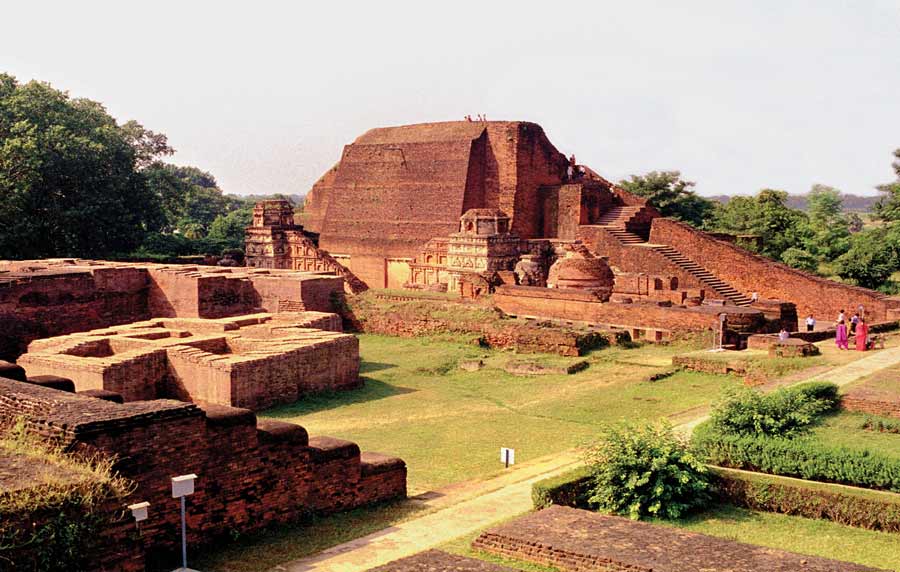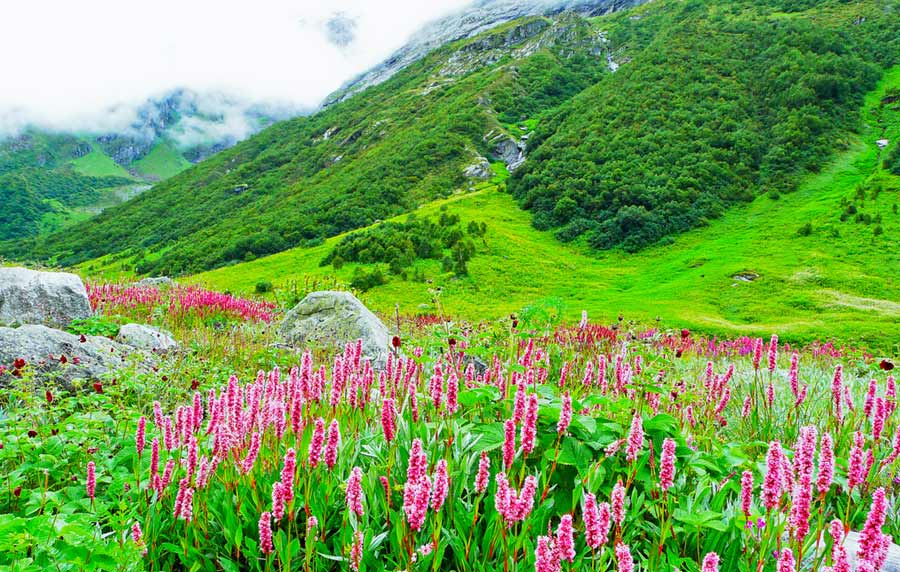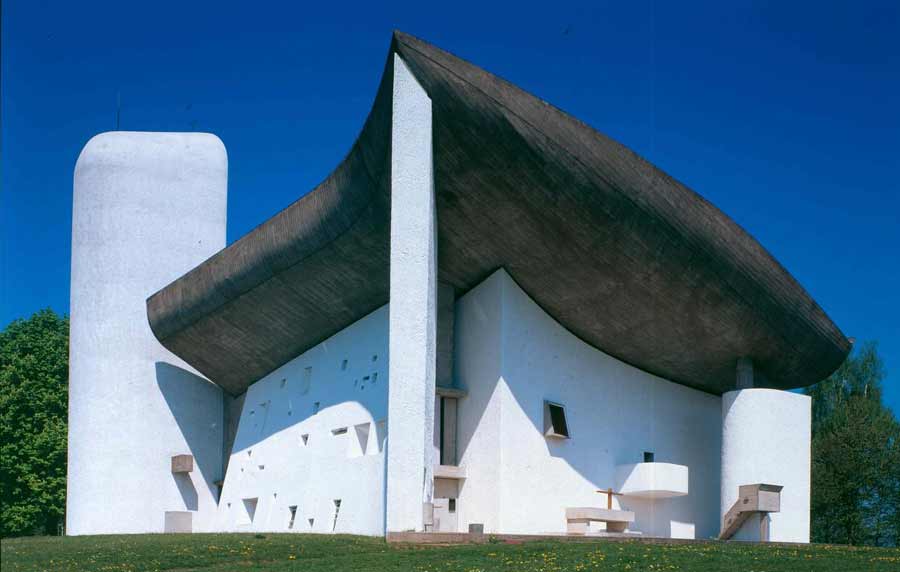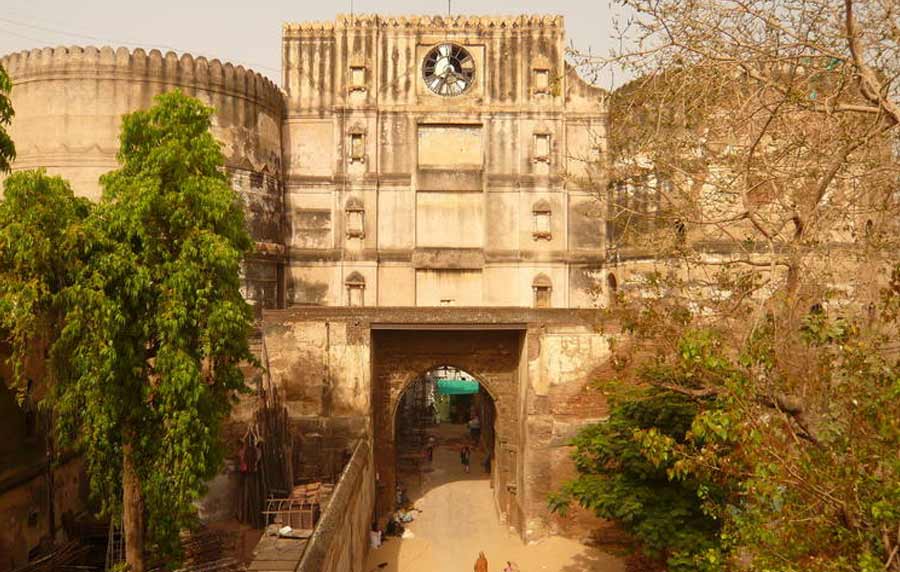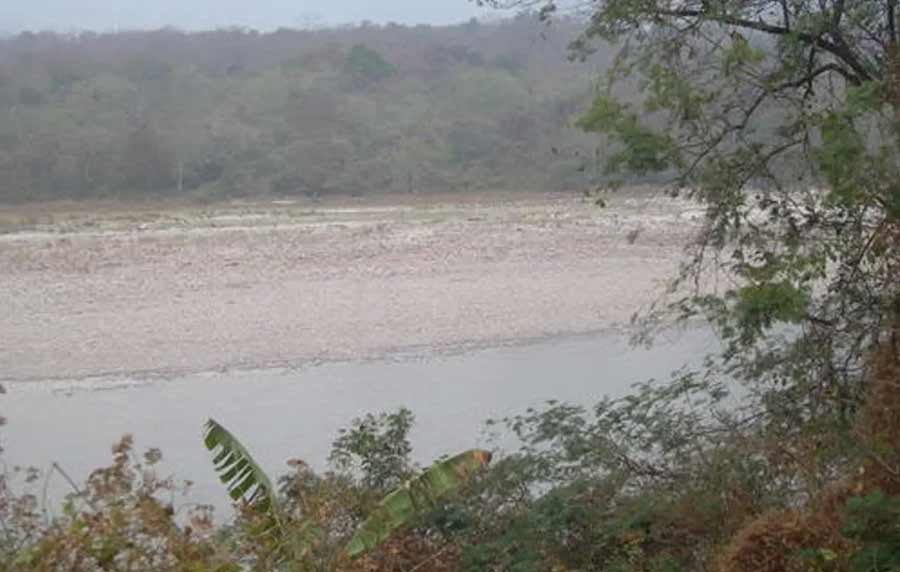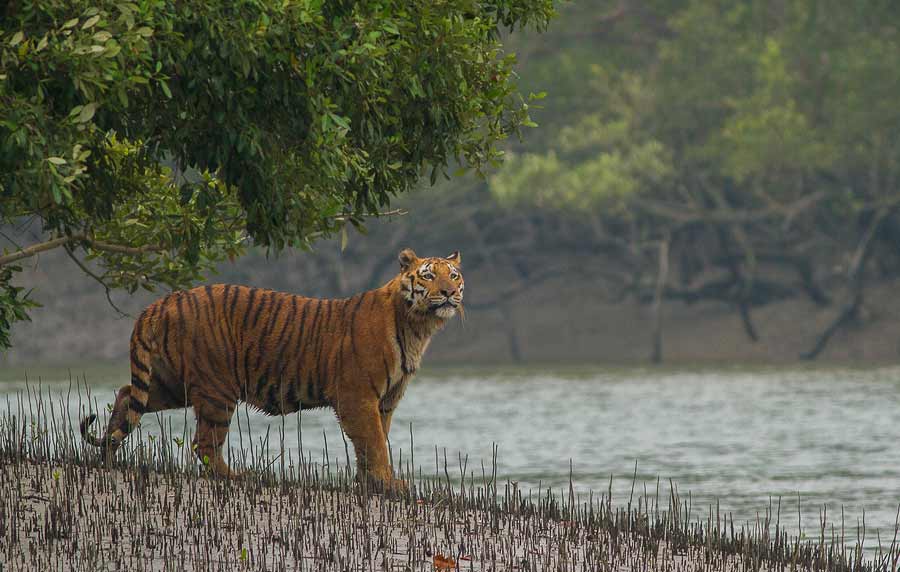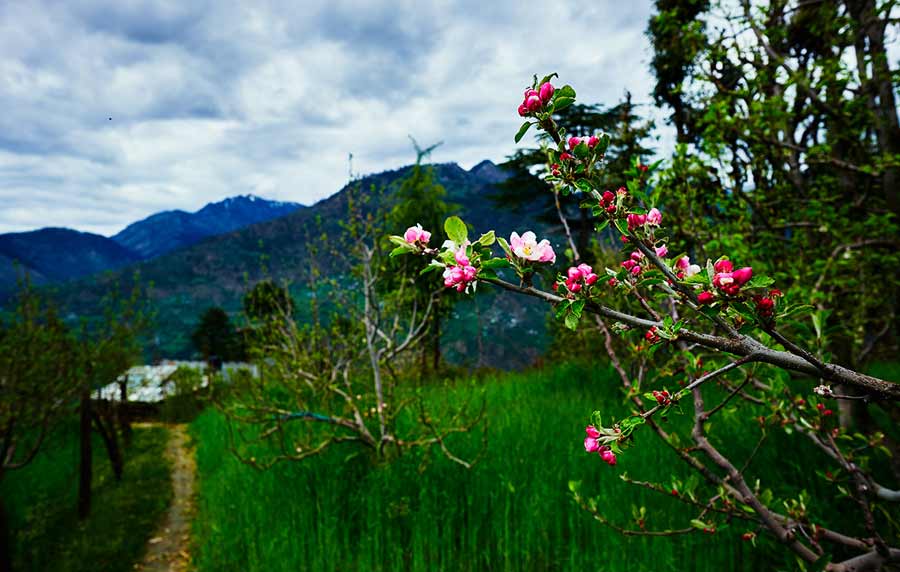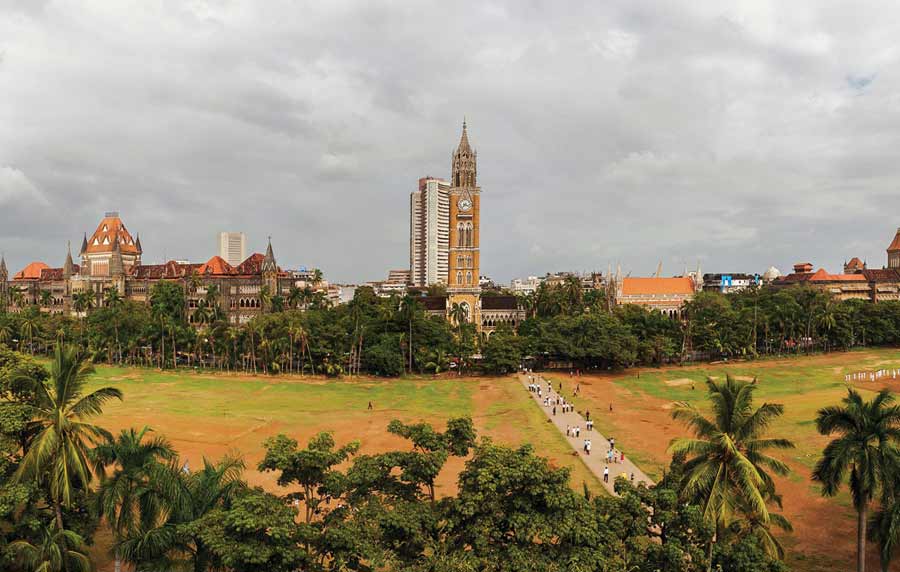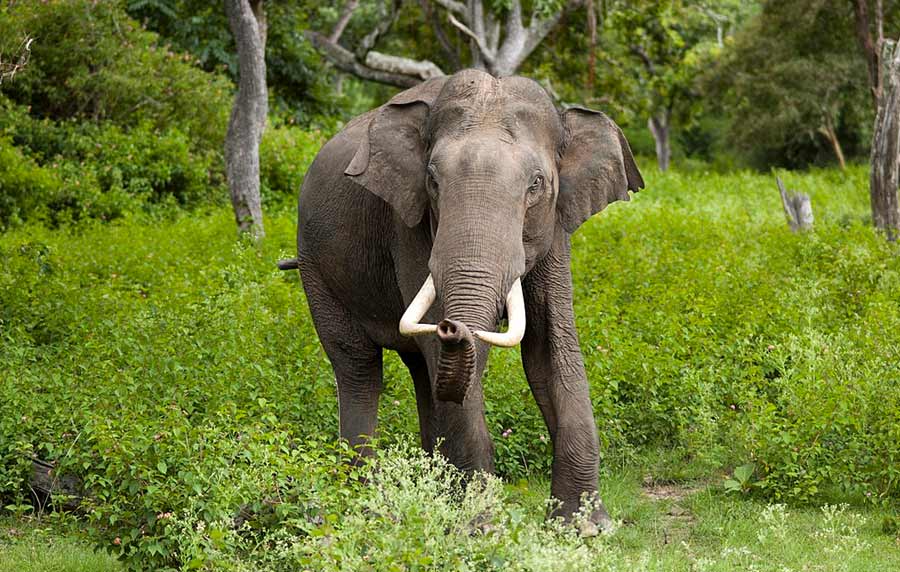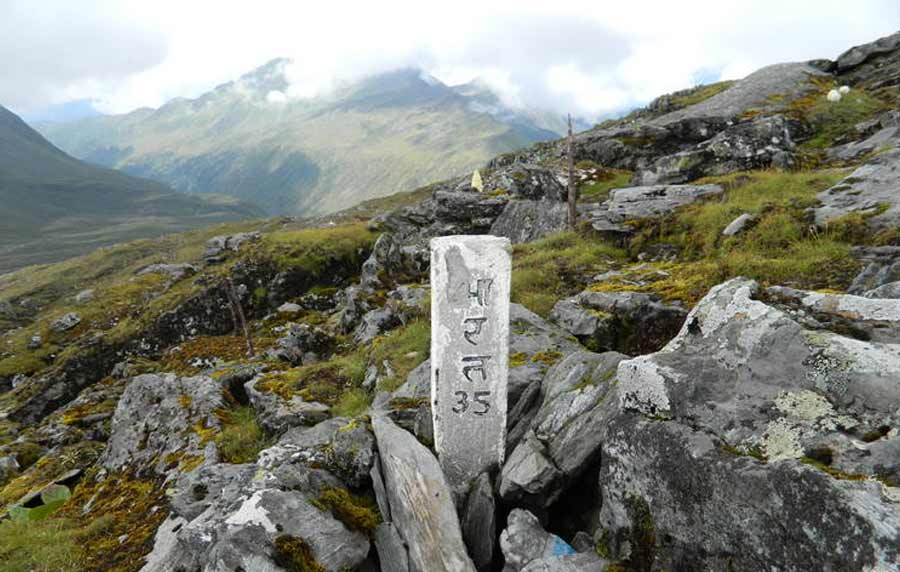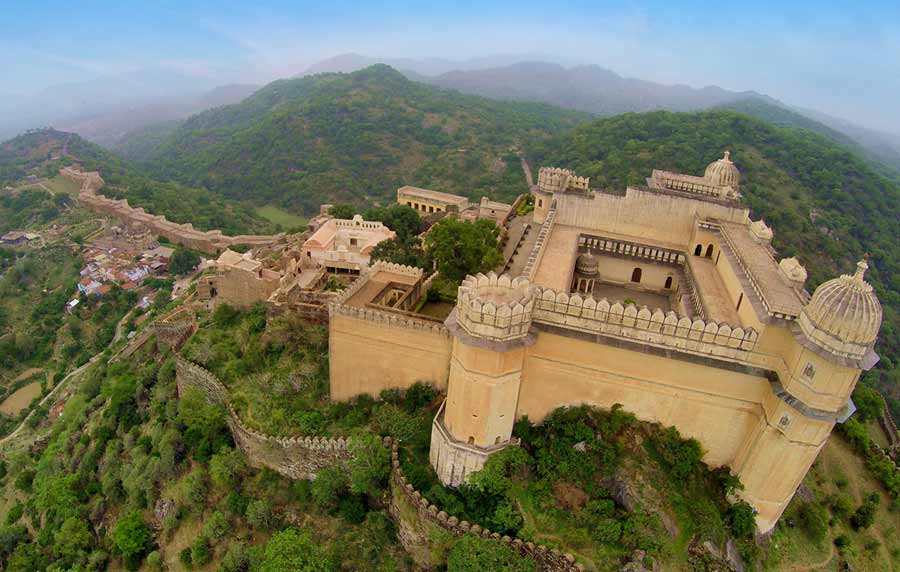Manas Wildlife Sanctuary
Manas Wildlife Sanctuary, also called Kamrup Sanctuary, wildlife sanctuary in western Assam state, eastern India. It is situated at the foot of the Himalayas on the eastern bank of the Manas River, 92 miles (153 km) west of Guwahati. Established in 1928, it has an area of some 200 square miles (520 square km) and lies in a dense, mixed semievergreen, evergreen, and wet-deciduous forest region. The southern part of the preserve is grassland. Wildlife includes great Indian rhinoceroses, elephants, bison, deer, tigers, golden langurs, black bears, and wild pigs. A tiger reserve was established there in 1973. The sanctuary was designated a UNESCO World Heritage site in 1985.
Manas Wildlife Sanctuary is located in the State of Assam in North-East India, a biodiversity hotspot. Covering an area of 39,100 hectares, it spans the Manas river and is bounded to the north by the forests of Bhutan. The Manas Wildlife Sanctuary is part of the core zone of the 283,700 hectares Manas Tiger Reserve, and lies alongside the shifting river channels of the Manas River. The site’s scenic beauty includes a range of forested hills, alluvial grasslands and tropical evergreen forests. The site provides critical and viable habitats for rare and endangered species, including tiger, greater one-horned rhino, swamp deer, pygmy hog and Bengal florican. Manas has exceptional importance within the Indian sub-continent’s protected areas, as one of the most significant remaining natural areas in the region, where sizeable populations of a large number of threatened species continue to survive.
UNESCO World Heritage Sites India
The United Nations Educational, Scientific and Cultural Organization (UNESCO) World Heritage Sites are important places of cultural or natural heritage as described in the UNESCO World Heritage Convention, established in 1972. There are 37 World Heritage Sites located in India. These include 29 cultural sites, seven natural sites and one mixed site. India has the sixth largest number of sites in the world. Recently, Orchha is enlisted in the tentative list of UNESCO. The Seventh Wonder of the World and a UNESCO World Heritage Site, Taj Mahal is not merely a site that brings us to the pages of history; it is an epitome of true love, brilliant architecture and artistic precision. The white-marble mausoleum was commissioned by Shah Jahan for his wife, Mumta Mahal, way back in 1632. And to complete the masterpiece it took about 22 years and as much as 20,000 artisans.
 +91 9799050299
+91 9799050299 


